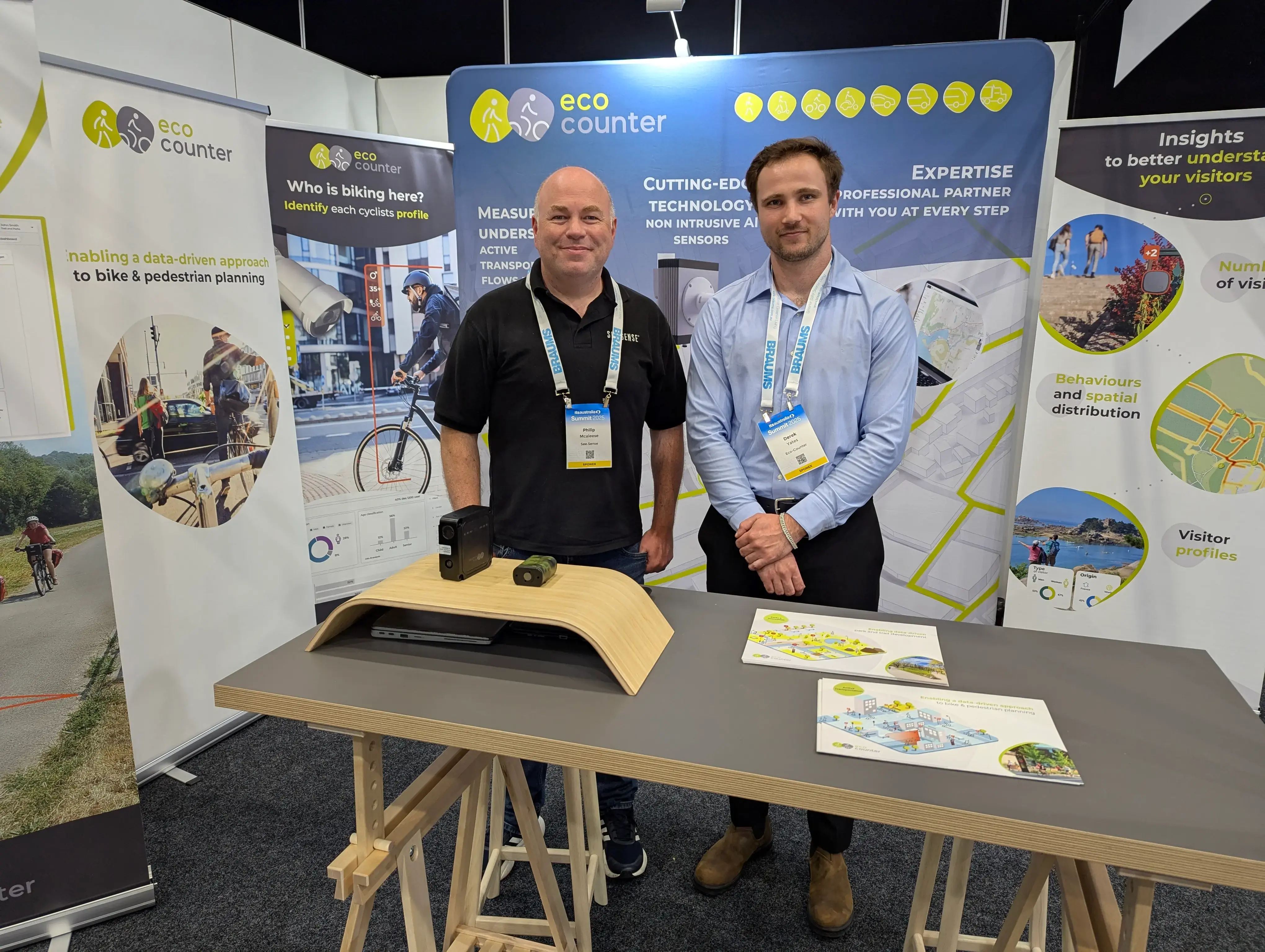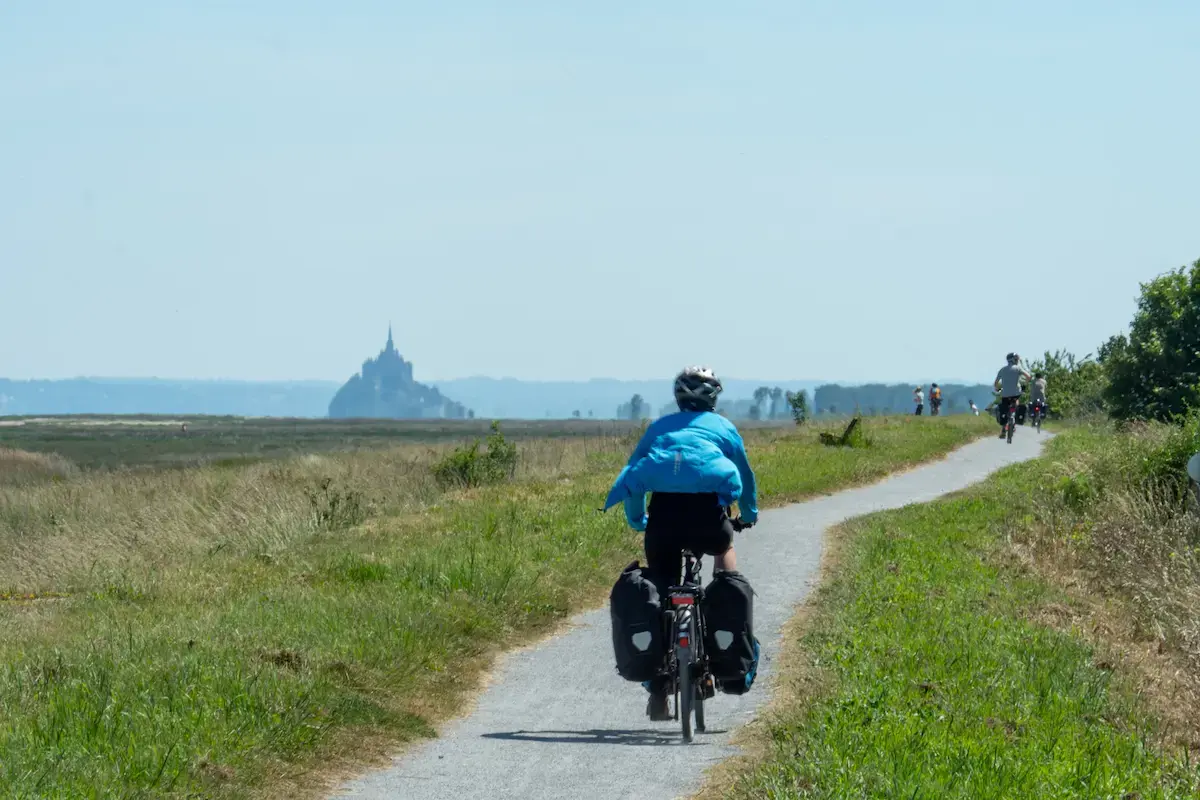
Published on Dec 12, 2025
Stockholm: using cycling data to achieve climate goals (Climate-Neutral / Fossil-Fuel Free)
Did you know that more than 50% of bicycle users cycle all year round in Stockholm? This impressive figure does not happen by chance only! Since the 1990s, Stockholm has pursued an ambitious ...




.webp)



